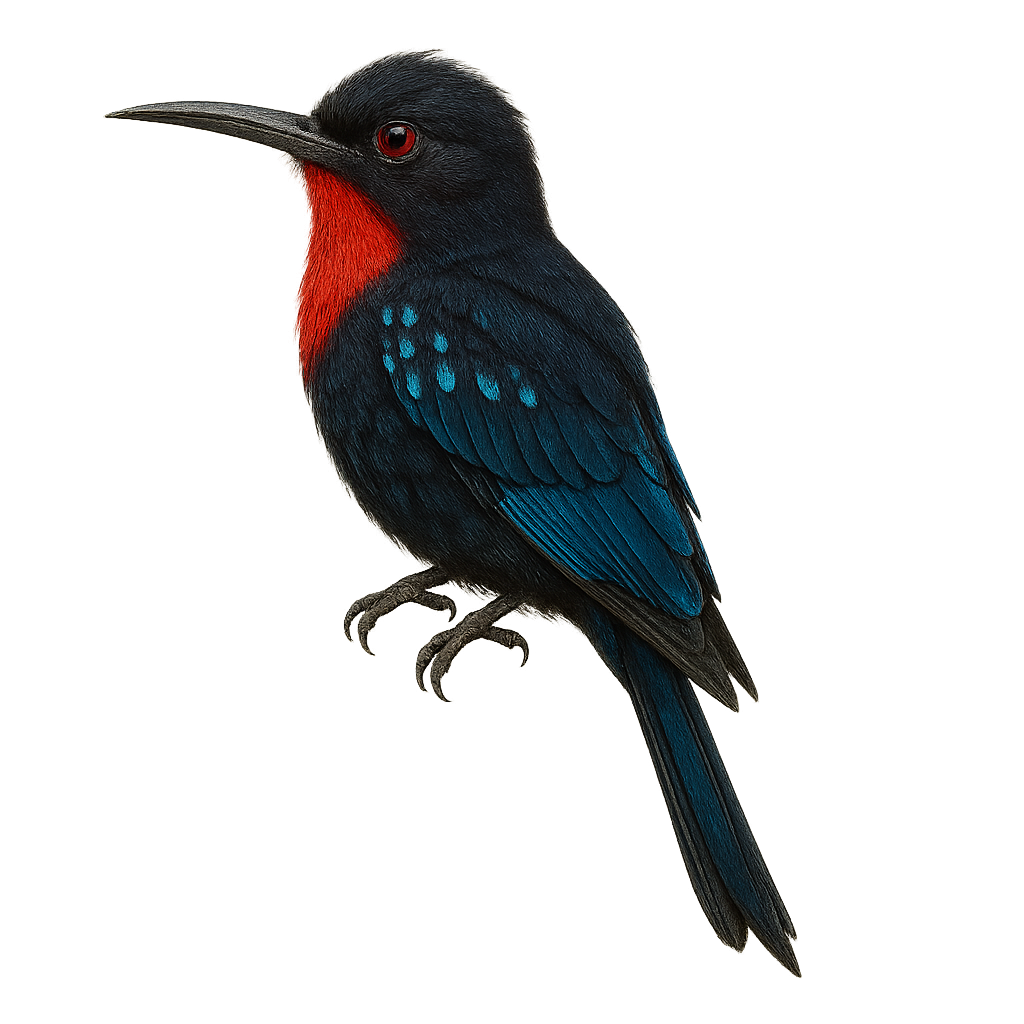Your wildlife photography guide.
Explore the black-headed bee-eater in detail, study its behavior, prepare your shots.
Where to observe and photograph the black-headed bee-eater in the wild
Learn where and when to spot the black-headed bee-eater in the wild, how to identify the species based on distinctive features, and what natural environments it inhabits. The WildlifePhotographer app offers tailored photography tips that reflect the black-headed bee-eater’s behavior, helping you capture better wildlife images. Explore the full species profile for key information including description, habitat, active periods, and approach techniques.
Black-headed Bee-eater
Scientific name: Merops gularis

IUCN Status: Least Concern
Family: MEROPIDAE
Group: Birds
Sensitivity to human approach: Suspicious
Minimum approach distance: 10 m
Courtship display: September to November
Incubation: 19-21 jours
Hatchings: September to December
Habitat:
Humid tropical forests, wooded savannas
Activity period :
Primarily active during the day, with peak activity in the morning and late afternoon.
Identification and description:
The Black-headed Bee-eater, Merops gularis, is a fascinating bird belonging to the Meropidae family. This bee-eater is distinguished by its black head contrasting with its bright red throat and vibrant green plumage. It is primarily found in the humid tropical forests of West Africa, where it feeds mainly on flying insects, particularly bees and wasps. Its flight is agile and swift, allowing it to catch prey mid-air. Although its habitat is relatively stable, deforestation poses a threat to its population. The Black-headed Bee-eater is a sociable bird, often seen in small groups, and is known for its melodious and varied vocalizations.
Recommended lens:
400mm – adjust based on distance, desired framing (portrait or habitat), and approach conditions.
Photography tips:
To photograph the Black-headed Bee-eater, it is advisable to use a 400mm lens or longer to capture detailed images without disturbing the bird. Look for it in humid tropical forests or wooded savannas, where it is often active during the day. Be patient and discreet, as this bird can be suspicious. Try to capture its swift and agile flight, as well as its resting moments on branches. The best times for photography are early morning or late afternoon when the light is soft and flattering.
The WildlifePhotographer App is coming soon!
Be the first to explore the best nature spots, track rutting seasons, log your observations, and observe more wildlife.
Already 1 432 wildlife lovers subscribed worldwide

